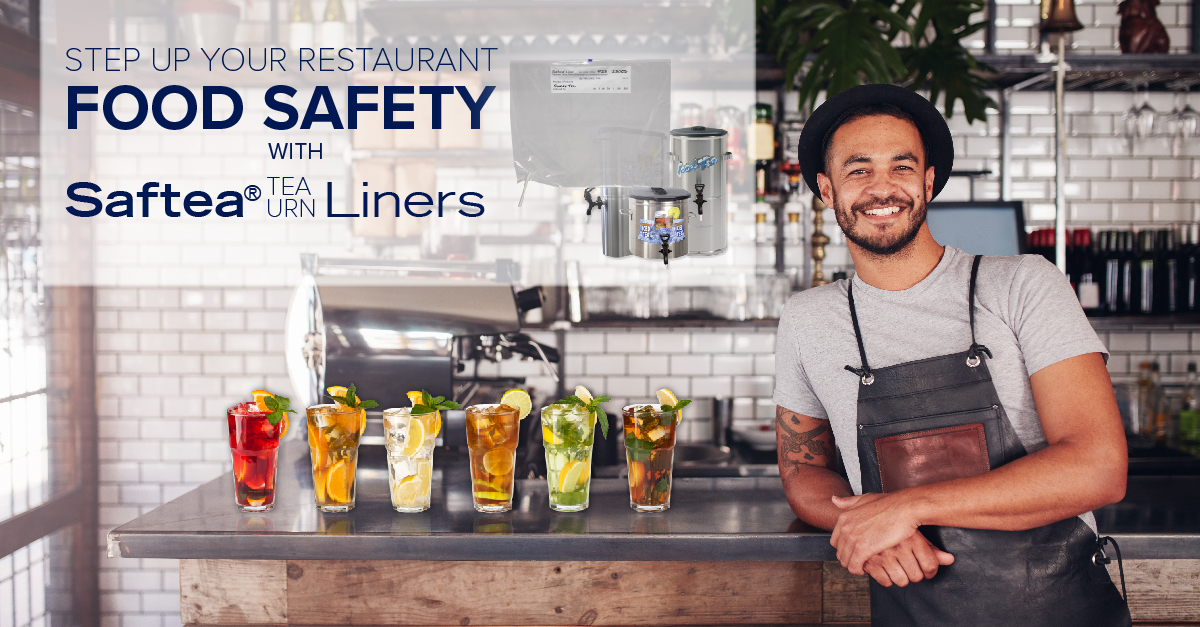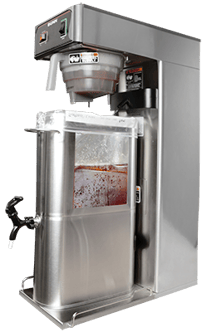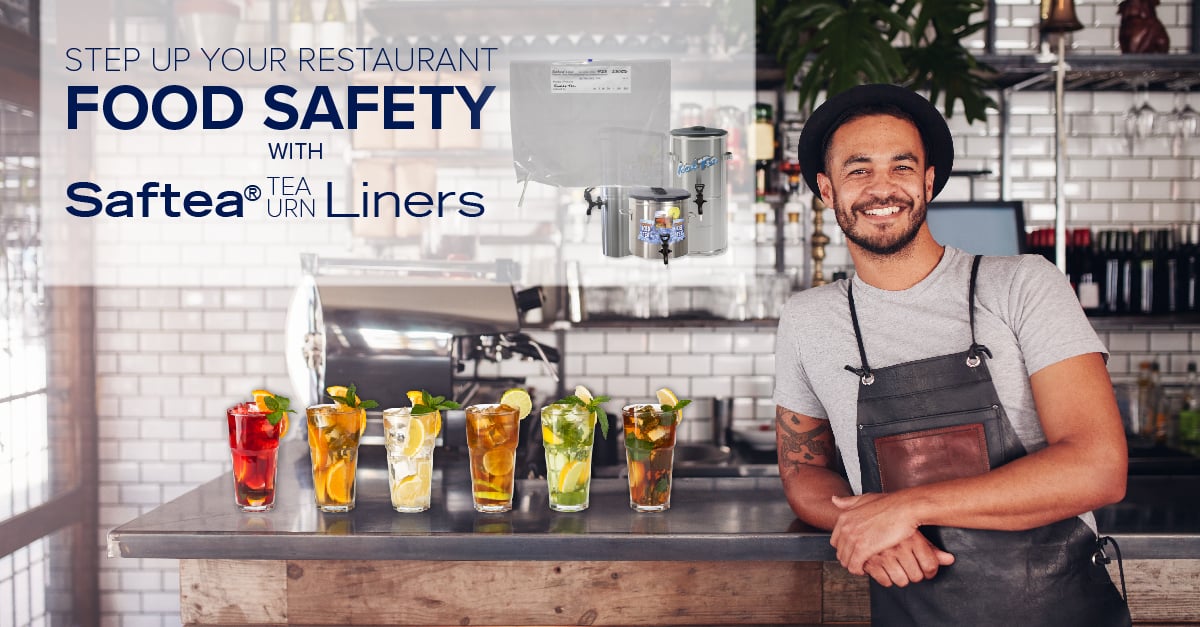
Measuring Food Safety in Restaurants
Prevent Foodborne Illness at your Restaurant
Create a Culture of Food Safety
Food safety has always been a priority at any food service establishment, but since the arrival of the ongoing pandemic, patrons are looking with a closer eye than ever before to feel comfortable dining out again. The steps and reassurances of cleanliness that restaurants take can make all the difference in public opinion, and whether a restaurant can remain profitable. Demonstrating a strong commitment to food safety that includes ongoing training, and explaining why specific safety protocols are in place and the reason behind the rules creates a positive culture among staff and patrons alike, and when that happens, everyone wins.
The Risks and Costs
According to the Center for Disease Control, 48 million Americans become sick from a foodborne illness each year. 128,000 are hospitalized and 3,000 die each year due to a food-related illness, often referred to as food poisoning. Add to this, the estimated cost of a single food-borne illness outbreak for a restaurant can range between $4,000 to $1.9 million depending on the type of establishment, number of people impacted, legal fees, or fines and lost revenue. The consequences of a single incident on the reputation of your establishment could be immeasurable and even result in total loss.
Food Safety Checklist
Simplify safety practices and procedures in every area of your operation. If safety procedures are kept simple, staff will more likely preform all safety procedures, even when hurried. The most basic step in reducing a food safety outbreak is teaching the importance of personal hygiene. The FDA recommends that restaurant food handlers wash their hands and the exposed portions of their arms, for at least 20 seconds using a cleaning compound in a designated hand washing sink. Most states require that ready-to-eat food be prepared and served using gloves. Washing hands before and after wearing gloves further helps to prevent contamination.
Improve Operations
What cleaning chemicals are you using? Of course detergents are needed in any foodservice operation, but many disinfectant products contain toxins and can be dangerous if used incorrectly or not properly rinsed from a food contact surface. We have all experienced the aftertaste of a beverage that contains residual cleaning products, which leads to a poor customer experience, and in some cases can pose a health risk.
If your operation utilizes a commercial grade stainless steel urn dispenser for such popular beverages as fresh brewed iced tea, iced coffees, lemonades and fruit punches, our Saftea® Urn Liners protect against contamination and help to increase public confidence. With our patented zip-locking top Saftea® Urn Liner has proven in studies and in thousands of restaurants to:
- Eliminate mold and bacteria found in tea urns and spigots.
- Improve customer safety and increase sales.
- Improving operational efficiency.
- Prevent a possible food safety incident.
The potential loss due to just one food safety incident can be substantial and outweigh the typical costs of prevention and control measures. Careful attention to food safety and proper sanitation are the key components in keeping your staff and customers safe. Investing is food safety is the best way to avoid a food safety risk and money well spent.
Saftea® Urn Liners can help. Order online! Stay Safe.



